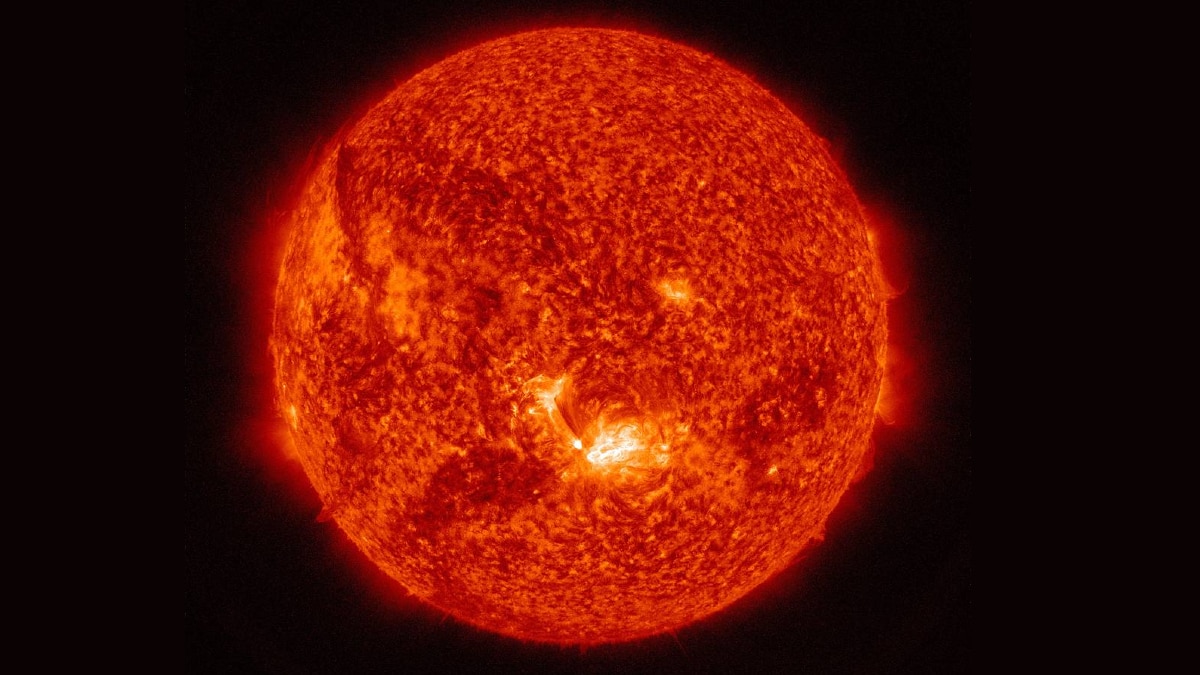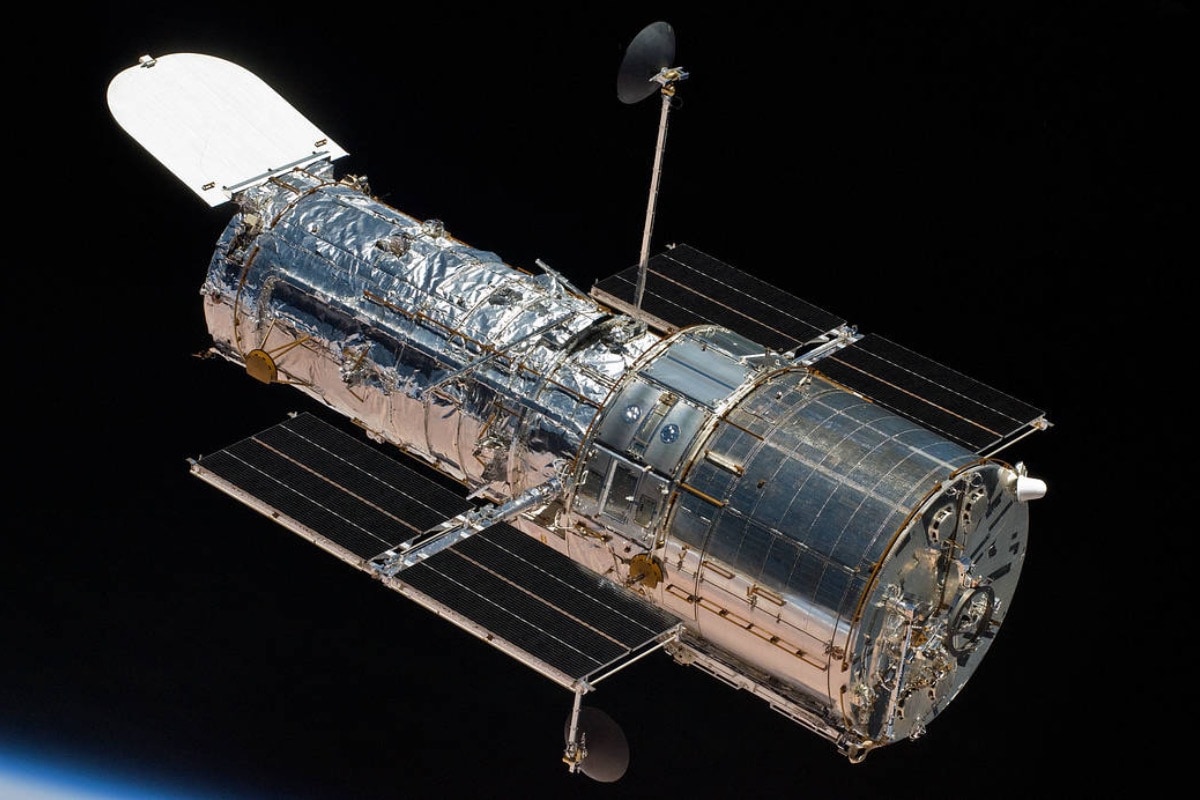Namibian Observatory Spots Highest Energy Cosmic Electrons Opening Better Understanding of Cosmic Rays
After over a decade of research, the H.E.S.S. Observatory in Namibia has recorded the most energetic cosmic ray electrons ever detected, according to reports. These high-energy particles, comprising electrons and positrons, are believed to originate from intense cosmic phenomena such as supernova explosions, neutron stars, and black holes. The discovery suggests…










